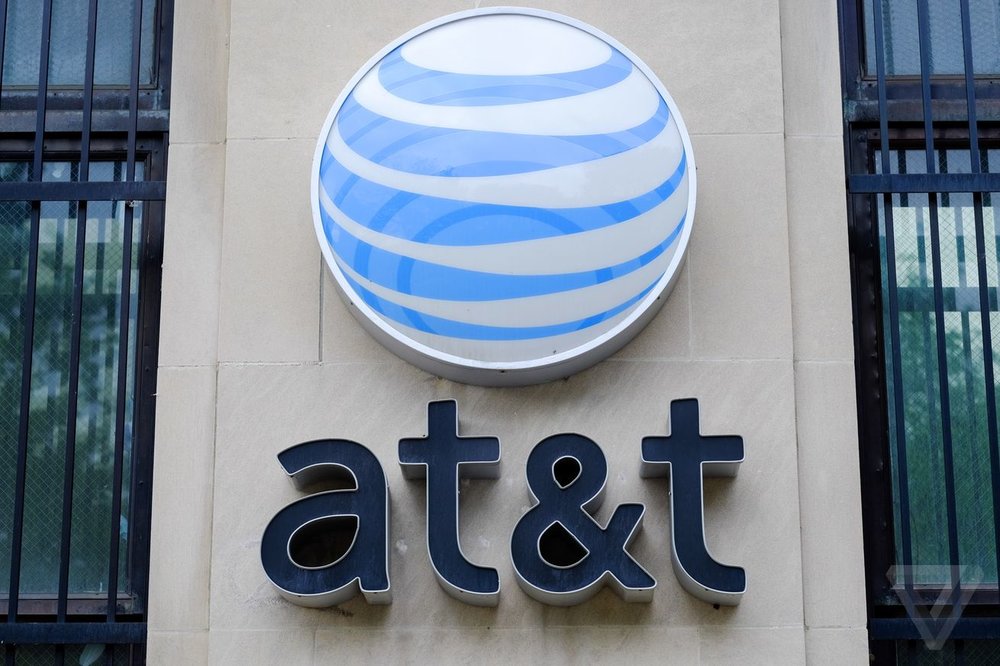The FCC announced yesterday that AT&T Mobility must may a hefty fine of $5.25 million for its two ‘preventable’ and ‘unacceptable’ 911 outages last year, which resulted in more than 15,000 failed emergency calls, causing significant damage to the agency. According to the settlement, the multinational conglomerate must also adhere to a new compliance plan to ensure that past mistakes are not repeated.
911 Outages in 2017

FCC recently held AT&T responsible for two 911 outages in 2017, demanding a $5.25 million fine from the company
AT&T Mobility reached a pricy settlement with Federal Communications Commission (FCC) last week whereby the telecommunications company was ordered to pay a $5.25 million fine the two 911 outages in 2017 that led to thousands of failed emergency calls.
The first outage occurred on March 8, 2017 when customers weren’t able to connect to 911 through AT&T’s voice-over-LTE (VoLTE) for almost 5 hours. The second outage on May 1, 2017, which lasted for 47 minutes, occurred due to a network change which prevented users from reaching 911.
FCC consent decree said that the two outages, which cut off 911 service for a total of 6 hours, affected millions of AT&T customers across U.S. who were on its VoLTE network. Furthermore, AT&T failed to notify all public-safety answering points (PSAPs) about the network glitch in a timely manner. The entire notification process took over 4 hours to complete and some affected PSAPs reported that they weren’t contacted by AT&T at all, or the information they received was partial and unclear.
An AT&T spokesperson responded to FCC’s investigation into the two network outages and accepted the company’s mistake in restricting customers’ access to emergency 911 services, which is crucial for public safety. In its statement to IWCE’s Urgent Communications, the telecommunications giant vows to fully cooperate with the Commission and take necessary steps to cover all damages from the two outages and prevent the incident from happening again.
$5.25 million Settlement
In a detailed review of the two 911 outages last year, FCC highlighted AT&T role in the communication breakdown, saying that the company’s actions are completely unacceptable and could have been prevented if it had reached all affected PSAPs within the first hour of the outage.

According to FCC’s rules, all network carriers are required to report 911 outages that are expected to last more than 30 minutes.
Ajit Pai, the chairman of FCC, ordered Public Safety and Homeland Security Bureau to conduct an initial investigation into the events that led to March 2017 outage. The report was submitted to the agency’s Enforcement Bureau after which FCC announced a settlement with AT&T including a $5.25 million fine and a compliance plan that the company must adhere to in the future for providing reliable network service to its customers.
The consent decree explained that the new compliance plan should help the company implement necessary changes to prevent the possibility of communication breakdowns in the future. The terms of settlement also require AT&T to device a risk-management plan for notifying all affected PSAPs of potential 911 network outages in less than 30 minutes. The company will also have to file compliance reports with FCC Enforcement Bureau regularly until the consent decree is terminated.
AT&T’s Role in Strengthening Public Safety Communications
The unfortunate 911 outage, which lasted for 5 hours, resulted in 12,600 failed calls from unique users on March 8 2017. An additional 2,600 failed called resulted from the 45-minuite outage that occurred two months later.
FCC said in its press release that, both, congress and the commission believe that providing access to 911 services should be all network providers’ top priority. Carriers are expected to prevent any 911 outages, and in case that they do occur, all affected call centers should be informed immediately.
AT&T has taken a number of initiatives in the past two years to strengthen public safety communications in the U.S. In 2017, it built the nationwide public-safety broadband network (NPSBN) for FirstNet. The telecommunications giant was also chosen to build ESInets in various states including North Carolina, Kansas and Virginia.
ESInets are IP-based networks enabled by broadbands which provide high level of security and redundancy so that the 911 network continues to operate even during the malfunctioning of end points or circuits.










